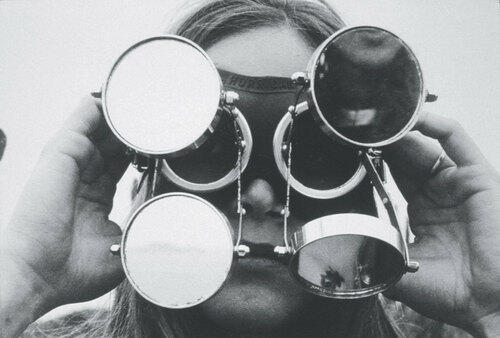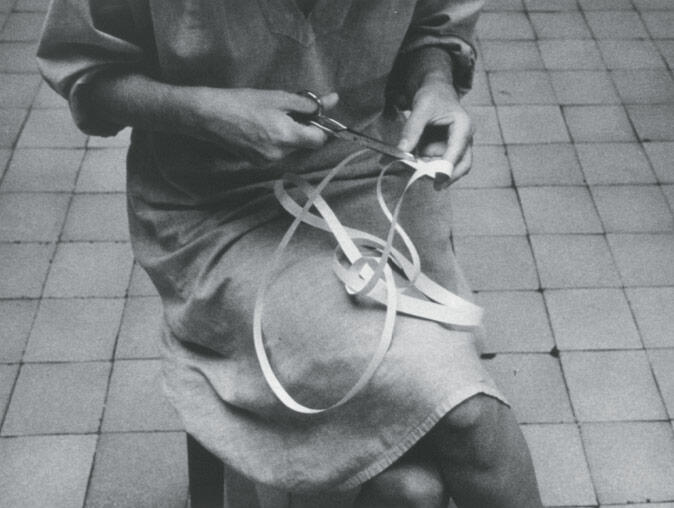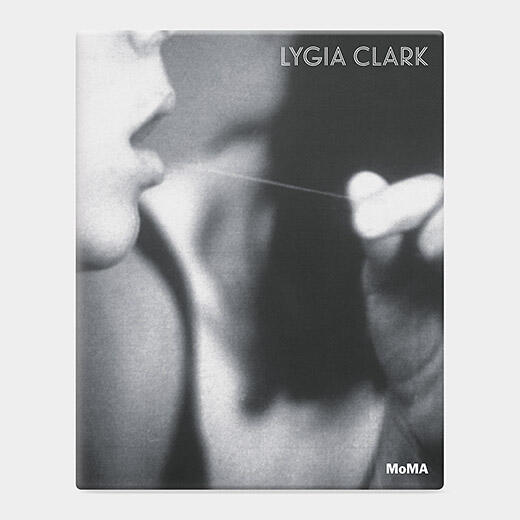_“Lygia Clark: The Abandonment of Art, 1948–1988”,_ a major retrospective at MoMA
The Museum of Modern Art presents a major retrospective devoted to the art of Lygia Clark (Brazilian, 1920–1988), the first comprehensive exhibition in North America of her work.

“Lygia Clark: The Abandonment of Art, 1948–1988” comprises nearly 300 works made between the late 1940s and her death in 1988. Drawn from public and private collections, including MoMA's own, this survey is organized around three key themes: abstraction, Neo-Concretism, and the "abandonment" of art. Each of these axes anchors a significant concept or a constellation of works that mark a definitive step in Clark's career. While Clark's legacy in Brazil is profound, this exhibition draws international attention to her work. By bringing together all parts of her radical production, the exhibition seeks to reintroduce her into current discourses of abstraction, participation, and a therapeutic art practice.
Lygia Clark (1920–1988) trained in Rio de Janeiro and Paris from late 1940s to mid-1950s and was a leading abstract artist at the forefront of the Neo-Concretist movement in Brazil, fostering the active participation of spectators through her works. From the late 1960s through the 1970s she created a series of unconventional artworks in parallel to a lengthy psychoanalytic therapy, leading her to develop a series of therapeutic propositions grounded in art. Clark has become a major reference for contemporary artists dealing with the limits of conventional forms of art."
The exhibition has been organized by Luis Pérez-Oramas, The Estrellita Brodsky Curator of Latin American Art, MoMA; and Connie Butler, Chief Curator, Hammer Museum; with the curatorial assistance of Geaninne Gutiérrez-Guimarães, and Beatriz Rabelo Olivetti.
Among the related events there will be a film screening of the documentaries O Mundo de Lygia Clark and Memória do Corpo chart Clark’s trajectory during the final phase of her career, following her “abandonment” of art and her move into an alternative psychotherapeutic practice. In 1967, together with Clark and six other artists who over the coming decade would adopt film as medium for artistic experimentation—Raymundo Colares, Antonio Dias, Rubens Gerchman, Hélio Oiticica, Lygia Pape, Carlos Vergara, and Carlos Zilio—the young artist Anna Maria Maiolino signed the “Declaration of Basic Principles of the Avant-garde,” heralding their shift “from the pragmatic vision to the dialectic consciousness.”







